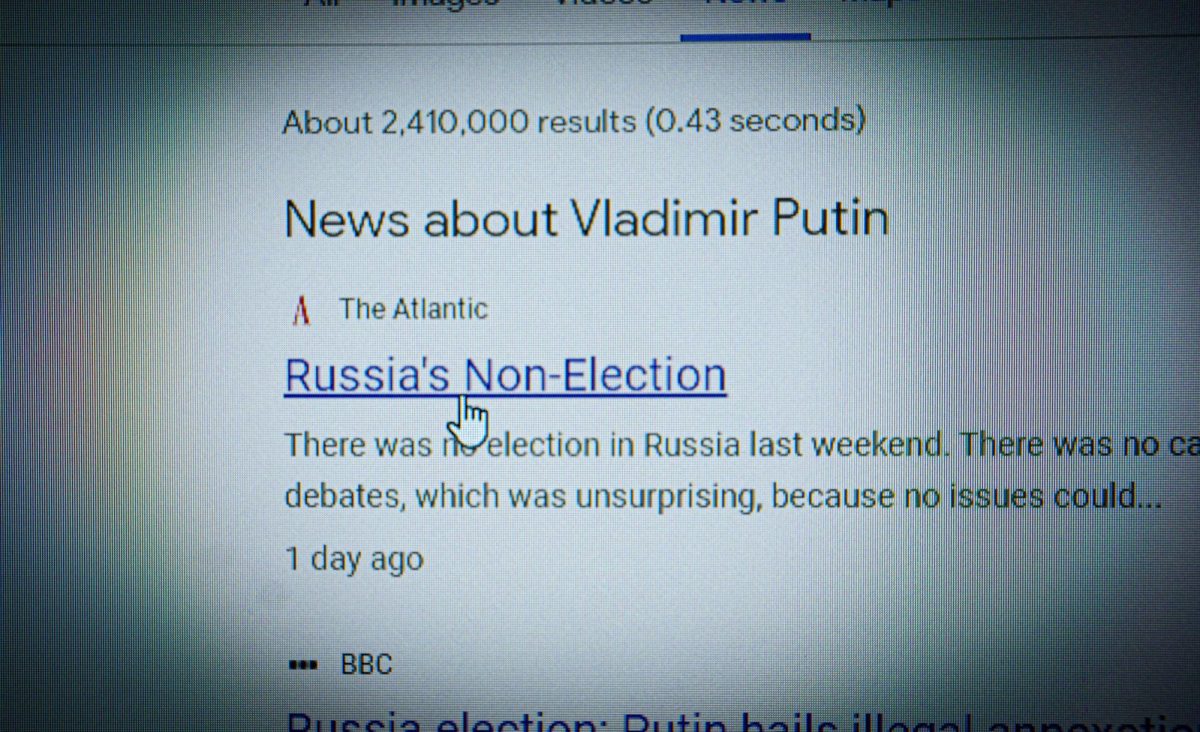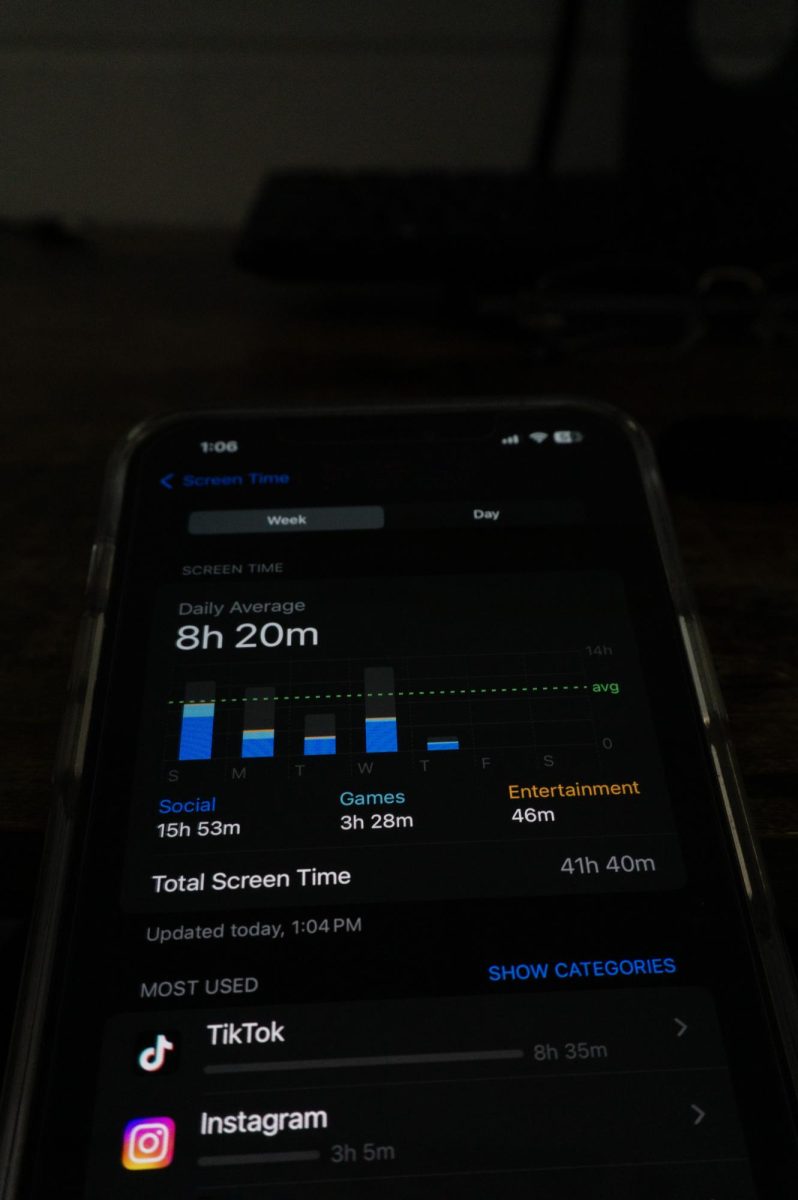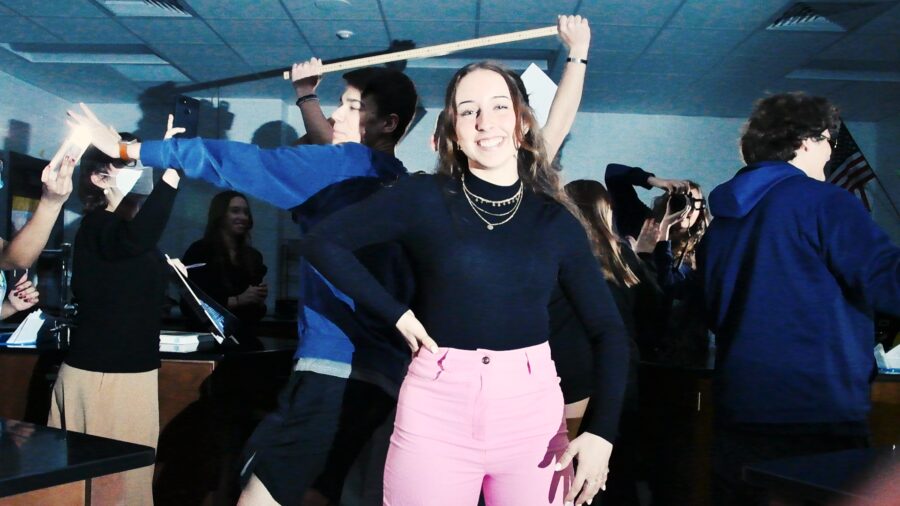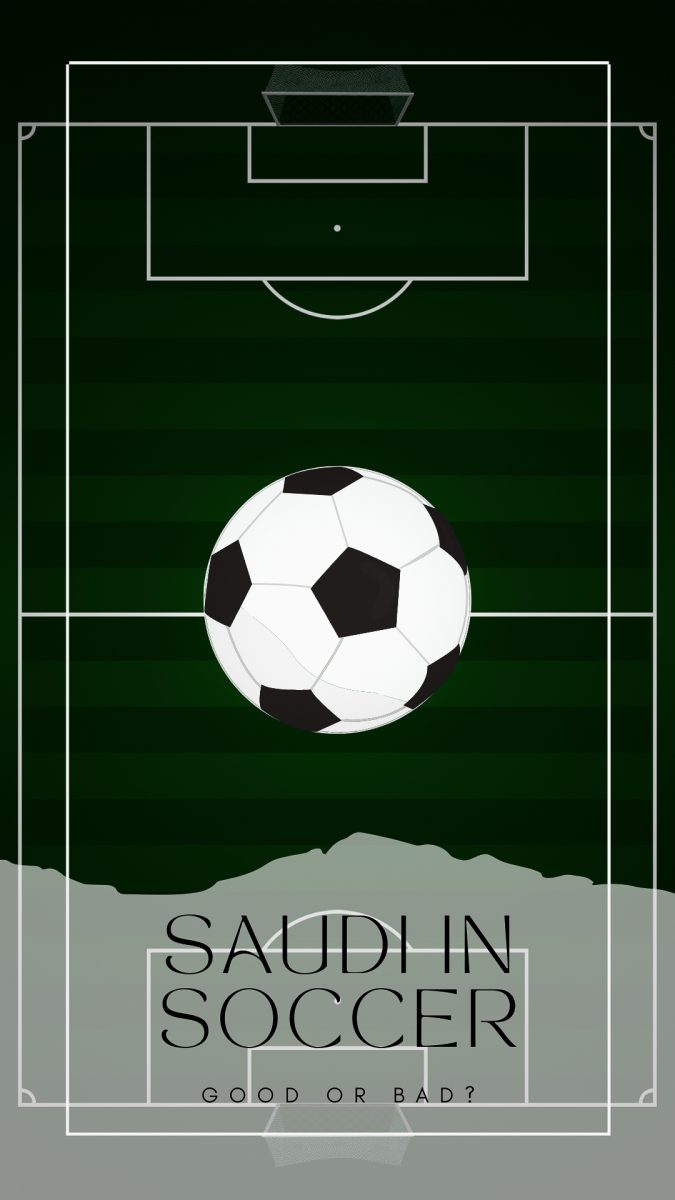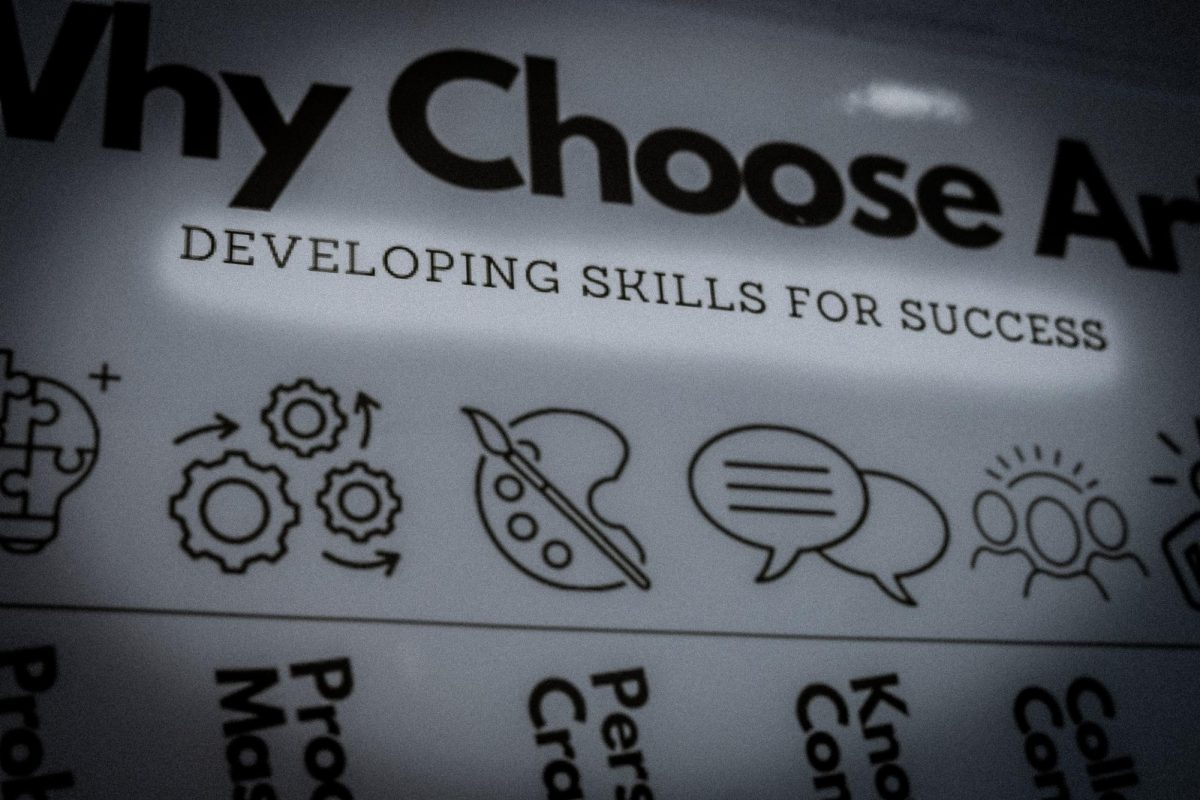Ever heard that imitation is the highest form of flattery? To some extent, it is. You may have noticed your best friend using your catchphrase or your mom performing your happy dance and wondered why they were copying you. For the majority of the time, this imitation happens unconsciously, and people aren’t doing it intentionally. This phenomenon where we mimic the mannerisms of others is known as the chameleon effect.
The name chameleon effect comes from the color changing lizard itself. The idea is that as we imitate those around us, we are attempting to “blend in” to their personality. This phrase was coined by Tanya Chartrand, PhD, and John Bargh, PhD, two psychologists and professors from New York University. They conducted a study in 1999 to observe the link between empathy and mimicry. The psychologists determined that “empathetic people are more likely to imitate others than people who aren’t” (Ohwovoriole). Dr. Chartrand and Dr. Bargh’s definition of the chameleon effect is the “nonconscious mimicry of the postures, mannerisms, facial expressions, and other behaviors of one’s interaction partners, such that one’s behavior passively and unintentionally changes to match that of others in one’s current social environment” (Chartrand and Bargh).
It’s important to point out that the chameleon effect applies to unintentional imitation, and not to purposeful mockery; this is often used as a manipulation tactic. Dr. Degges-White shares that you should “Always trust your gut instincts about someone whom you catch mimicking you, especially when their behavior or mimicry seems to be a ploy to get you to like or accept them when you otherwise wouldn’t” (Murray). The chameleon effect is natural, harmless, and often beneficial, but manipulation is not.
Upon the first glance, it may seem that the chameleon effect serves no real purpose, but that assumption would be amiss. Researchers have determined that the effect positively influences social interactions, and we may unconsciously utilize it to increase the chances of being accepted into a group. There is a theory that this would have been an evolutionary advantage “for our ancestors, who often had to rely on others for help with survival activities like finding food and defending against predators” (Murray).
The chameleon effect is often nicknamed the “social glue” of relationships because it strengthens the bond between people. Whether you’re aware of it or not, unintentional mimicry positively affects relationships and aids in producing constructive interactions. The effect can be amplified as time passes. Close friends often share many mannerisms such as a common exclamation, a playful grin, or a telling sigh. One of my friends frequently responds to exciting news with the word banger, and I’ve noticed that I’ve unconsciously introduced the phrase to my everyday vocabulary.
However, the chameleon effect doesn’t solely affect relationships with those who are well known; it’s also seen at work between strangers. Josey Murray from Well+Good recalls that she “recently started speaking in a British accent to a stranger who had a British accent” (Murray). This idea that our friends are not the only people we mirror explains why we instinctively smile back at the random person in the hallway or at the store. According to Dr. Degges-White, “Human beings are pretty much hardwired to smile when another person smiles at them” (Murray). This social phenomenon impacts all aspects of social interaction, even exchanges between acquaintances.
Being the social creatures that humans are, all experience the chameleon effect, but to varying degrees. Those who are highly empathetic or who are experiencing a new social situation may engage in a higher level of imitation. People with more chameleon tendencies may have an easier time forming quick connections.
At the end of the day, there’s not much to do about the chameleon effect due to its unconscious nature. Mirroring is an unintentional behavior, and when attempted intentionally, it can become disturbing or condescending. The best thing to do with this newfound knowledge is to be aware of the chameleon effect in order to understand why Denmark Unleashed now says perf.
Sources
Chartrand, Tanya, and Bargh, John. “The Chameleon Effect: The Perception-Behavior Link and Social Interaction.” Journal of Personality and Social Psychology, 1999, acmelab.yale.edu/sites/default/files/1999_the_chameleon_effect.pdf.
Murray, Josey. “Ever Wondered Why You and Your Friends Have the Same Mannerisms? That’s the Chameleon Effect at Work.” Well+Good, 16 Oct. 2023, www.wellandgood.com/chameleon-effect.
Ohwovoriole, Toketemu. “What Is the Chameleon Effect?” Verywell Mind, 29 Aug. 2023, www.verywellmind.com/what-is-the-chameleon-effect-5114522.


